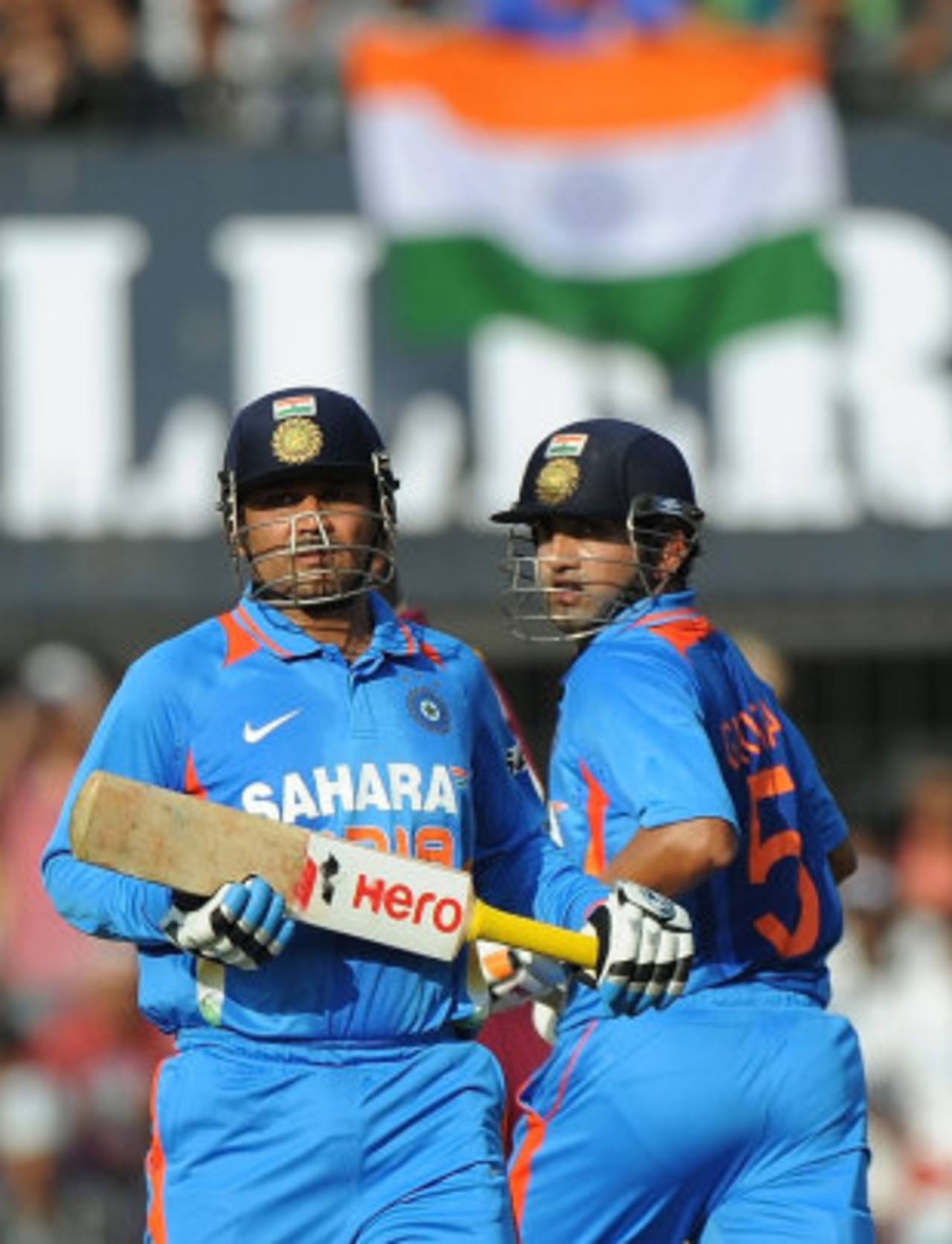When Twenty20 cricket first came around, everyone thought that it was just going to be a slog-fest. To be fair, such expectations weren't without reason, because the same batsmen who could easily bat 50 overs in an ODI were asked to finish their job in 120 balls. The new playing conditions also meant that it was absolutely fine to lose a wicket every two overs. In Tests and ODIs, the price-tag on every wicket would match high-street prices, but in T20, wickets are on discount sales.
But as the format evolved, a few patterns have emerged, quite similar to the patterns in 50-overs cricket. For instance, the first six overs of Powerplay and the last six overs - the death overs - yield the most runs and, even with the frantic pace of T20 cricket, there's a relatively quiet period from overs seven to 14. The patterns also show that the teams which lose more than two wickets in the Powerplay end up losing more games. So, while it's imperative to score at a fair clip in the first six, it's equally important to not lose too many wickets. Hence, both the opening and the death overs make the difference between winning and losing.
Though the talk around India always concerns the lack of teeth in their bowling, it seems their shortcomings in that department have become an accepted fact and the team has made peace with it. MS Dhoni has made it very clear that he believes that it's their depth and strength in batting that is likely to win them the
World T20, and hence it's better to play an extra batsman. But at the moment, India's strength is also India's weakness, for the openers haven't been firing for quite some time. While India's batting line-up boasts of many match-winners, it's invariably Virat Kohli who's saving the day for the team these days. The law of averages is likely to catch up with him soon, and hence it's imperative that the openers find some form by then.
Gautam Gambhir, irrespective of the format, has been guilty of poking at everything that is outside the off-stump. Even though he plays every stroke in the book to all parts of the ground (except, perhaps, the hook or sweep), for some strange reason, recently, he has been looking to dab everything down to the third-man region. The moment you get into such a mindset, the bat comes down at an angle and then either you nick the ball to the wicketkeeper or drag the ball back onto the stumps.
Another problem with looking to score in the third-man region is that you stop getting to the pitch of the ball, which spells doom. He, or someone else, needs to remind him that he's a much better player when he's looking to hit the ball in front of the wickets. It may not be a bad idea for Gambhir to go back to the basics, mark his scoring areas (in front of the stumps) and try to be around till the seventh over; he's too good a player to not make up for lost time later.
For the last one year, [Sehwag's] consistency has dropped alarmingly. This can happen to players who back their eye and quick hands to work the ball away without using their feet. The moment the eyes lose a bit of sharpness or the hands slow down a fraction, the movements go out of sync
The same is the case with
Virender Sehwag, who's also playing a shot-a-ball right from the beginning. There was a time, about three to four years ago, when he could do it successfully, innings after innings. But for the last one year, that consistency has dropped alarmingly. This can happen to players who back their eye and quick hands to work the ball away without using their feet. The moment the eyes lose a bit of sharpness or the hands slow down a fraction, the movements go out of sync. Sehwag's prolonged below-par performances should encourage him to discover a new method of operating.
Just like Gambhir, it may not be a bad idea for Sehwag to cut down on high-risk shots for the first few overs and, more importantly, he must also try to make it count when he gets in. Chris Gayle does it very well in T20. He bides his time initially, and more than makes up for it once he gets set. Sehwag also has the potential to do the same, provided he allows himself a quiet start. All good batsmen, at some stage of their career, need to rethink and rediscover their modus operandi. Since India is in the middle of a transitional phase, it's imperative that Sehwag delivers.
However, it's a lot easier said than done, for unlike 50-overs cricket, the paucity of time in T20 cricket doesn't give you the luxury of finding form by biding your time. You must look for other ways of achieving the same goal. But if India are to make a real attempt at reclaiming the trophy they lifted in 2007, both openers need to start firing more often, or Dhoni must find an opening combination that does.
